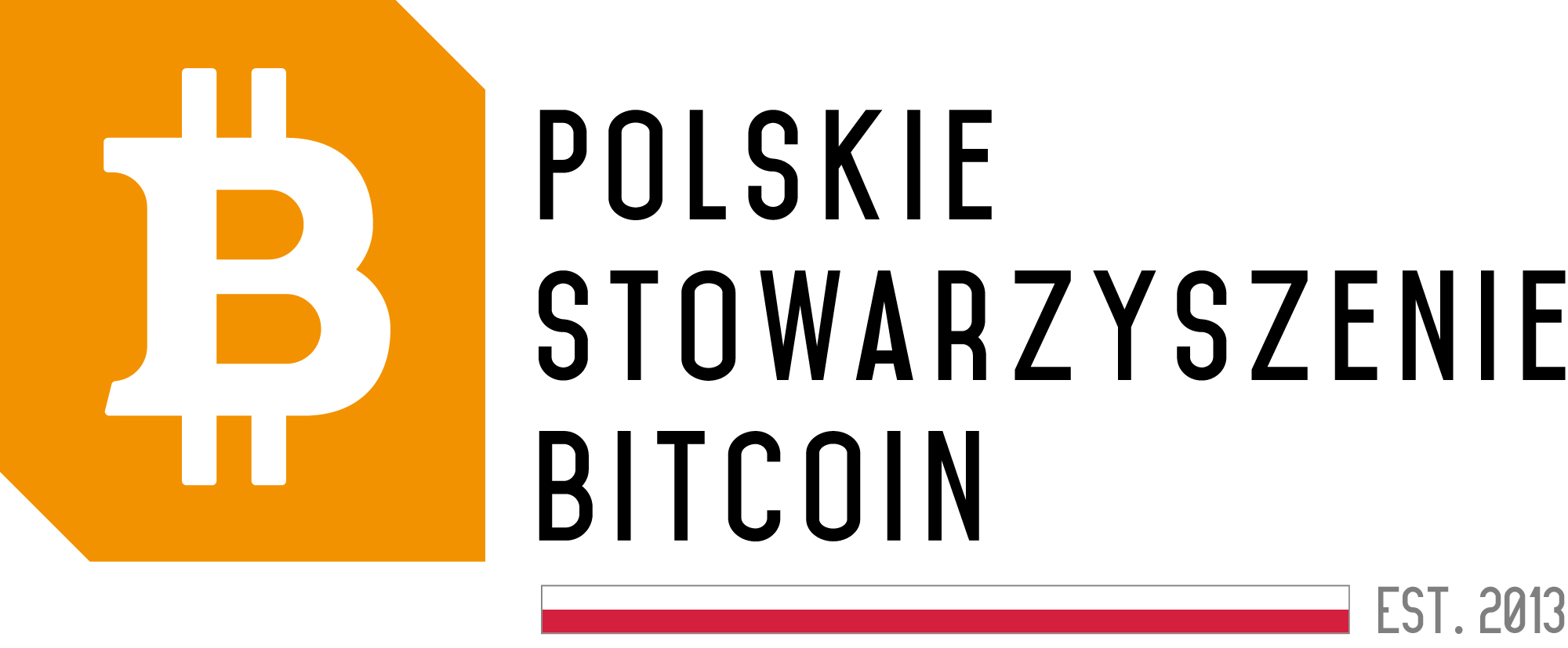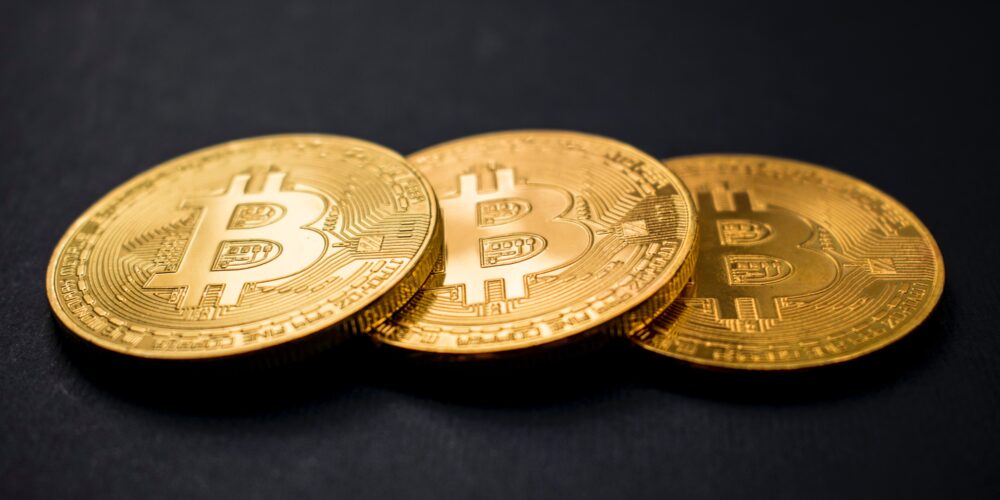plasma
Plasma, also known as blockchain Plasma, is one of the advanced scalability technologies used in the cryptocurrency ecosystem. Created in 2017 by Vitalik Buterin, the creator of Ethereum, Plasma aims to increase the throughput of the blockchain network by creating “child” sidechains, also known as “child chains.”
What is Plasma?
Plasma allows the creation of additional hierarchical layers above the main blockchain, enabling the processing of a large number of transactions off-chain while ensuring security and decentralization. By using this technology, it is possible to achieve performance comparable to traditional payment systems like Visa or Mastercard, which is a significant step towards widespread cryptocurrency adoption.
How does Plasma work?
The idea behind Plasma is based on a hierarchical model of sidechains, where multiple “child chains” can exist simultaneously above one “parent chain.” This allows each of these chains to process transactions independently, significantly increasing network throughput. Furthermore, security mechanisms such as savings on sidechains and transaction confirmation on the main chain make Plasma extremely secure.
Advantages of Plasma
Plasma offers a range of benefits, including:
- Increased scalability: sidechains enable processing hundreds of thousands of transactions per second.
- Low transaction fees: by distributing the load across multiple chains, transaction fees are typically lower than in traditional blockchain systems.
- Security: through security mechanisms like savings, Plasma ensures a high level of transaction security.
- Efficiency: by processing transactions off-chain, Plasma makes the network more efficient.
It is worth noting that Plasma is an evolving technology, and many cryptocurrency projects are working on implementing this technology in their ecosystems. It enables a significant improvement in the efficiency and usefulness of blockchains, which can contribute to the further development of the cryptocurrency market.






